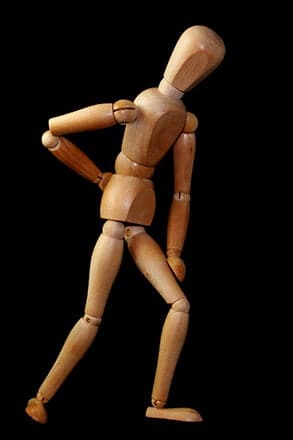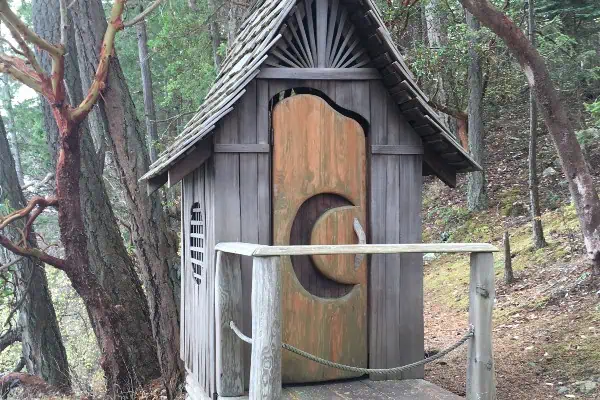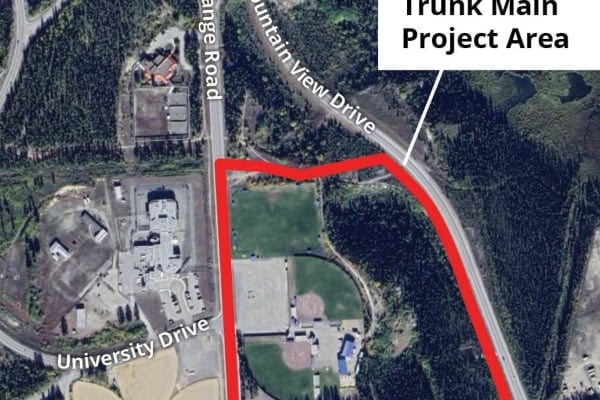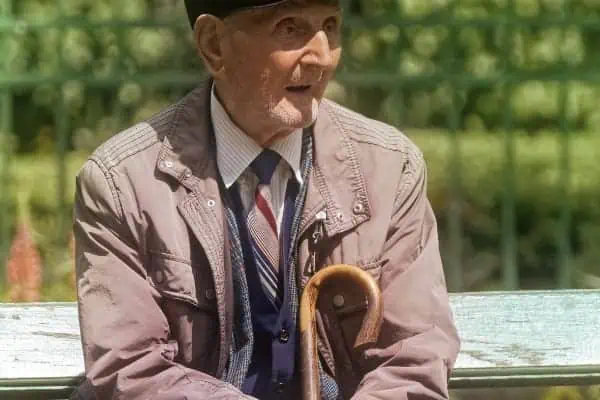Acupuncturist Stephen Potter offers advice on dealing with back pain
Homo sapiens’ decision to walk upright has brought many benefits, but low back pain however is definitely not one of them.
Most people will experience it at some point in their lives, either through lifting something incorrectly, a skiing accident or slipping on ice.
We often focus upon the “trauma” that seemed to cause the pain, however, in most cases the structure of the low back was already being pulled out of place by some muscles and tendons being too tight, and still others being too slack.
This causes the lumbar spine to be pulled into an incorrect position, so that when you bend/slip/lift, it triggers a muscle spasm and the “Si” (sacroiliac) joint to lock up.
If the muscles were in good condition, then most of the time this wouldn’t happen.
How, then, should you treat back pain?
Acute pain can be reduced by icing; this reduces inflammation and triggers the body to release endorphins that act to block pain. This should be done regularly in the first 48 hours of the injury.
A good idea is to also get some acupuncture, as it has been shown in a large German study to be almost twice as effective in treating back pain than conventional treatment i.e. rest and pain killers.
Acupuncture has been shown, using an MRI, that it affects the pain receptors in the brain, fooling the body into thinking there’s no pain, so the body stops releasing inflammatory markers and a healing cycle can commence.
Acupuncture can also be used to release off the tight muscles, and strengthen the slack ones.
After rest and a few treatments, it would now be a good idea to apply heat, as this relaxes the muscles and encourages blood flow to the injury
Once the pain and inflammation has reduced, one can start doing some rehabilitation exercises to stretch the tight muscles and tighten the slack ones.
If you’d like to do some research on managing back pain, a good place to start is with Stuart McGill, who is a Canadian researcher focused on the causal mechanisms of back pain. During his 32-year tenure at University of Waterloo, he produced more than 240 peer-reviewed scientific journal papers and several textbooks.
McGill has written extensively on how to rehabilitate back-pained people and enhance both injury resilience and performance and it’s well worth the outlay for one of his books.
The basic idea is that with the correct exercises you can cure 90 per cent of back pain, and the best place to start is with his “Big 3” exercises that will help most people, most of the time. They only take a few minutes a day, but must be done regularly to have lasting benefits for your back health.
You can see a video of the exercises on my Facebook page at Facebook.com/AcupunctureStephenPotter.





